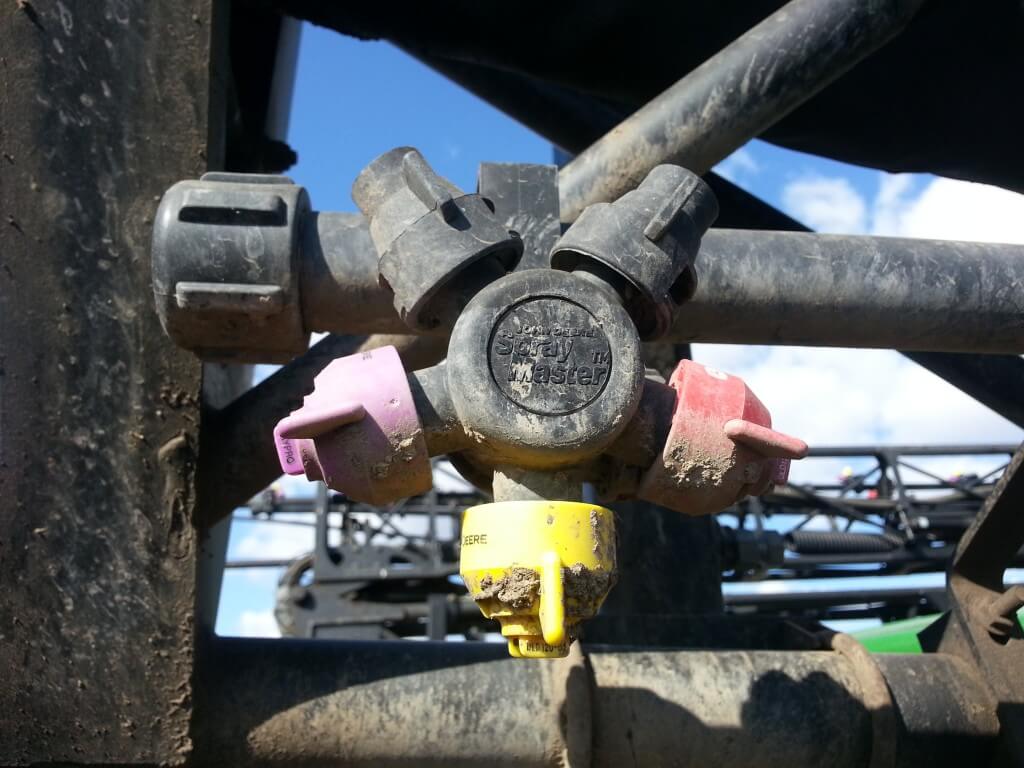
This article was co-developed with Mark Ledebuhr of Application Insight, LLC. Air handling systems Air handling systems can be specialists or generalists; some are designed to do one thing very well while others are more adaptable but not as precise. Fan type plays a big role in determining a sprayer’s abilities. Their native characteristics make […]
Read More… from Categorizing air-assist sprayers by air-handling design



